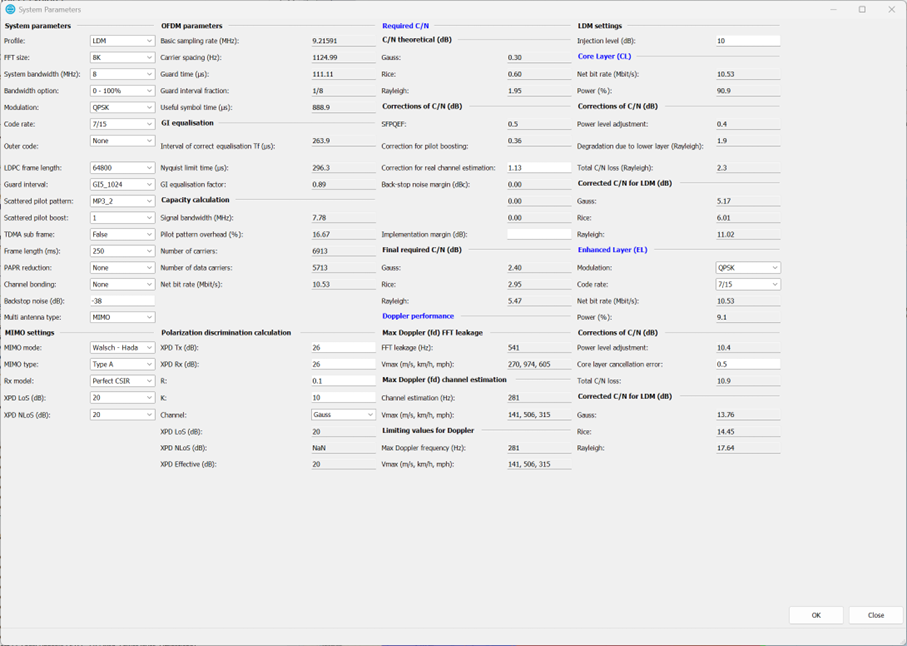Updates in PROGIRA® plan for MIMO using ATSC 3.0 to support to Brazilian TV3 planning
The Brazilian TV3 project has evaluated different system options to replace the current ISDB-T TV-Broadcast system. The result is that ATSC 3.0 as described in ATSC – A/322 Physical layer Protocol would best meet the requirements.
To be able to maximize spectrum efficiency the TV3 project has decided to use the ATSC 3.0 with MIMO (Multiple Input Multiple Output) in combination with LDM (Layer Division Multiplexing).
PROGIRA® plan spectrum planning software has now been updated to support also MIMO coverage calculations in combination with LDM for ATSC 3.0. It will allow evaluation of different implementation options. But the function can also be used to simulate MIMO coverage in general using ATSC 3.0.
Brief on MIMO and LDM
When using MIMO (Multiple input Multiple Output) dual polarization (vertical and horizontal) transmissions will be used. This will improve spectrum efficiency and almost double the transmission capacity. The MIMO features in ATSC 3.0 are described in the physical layer specification A322 Annex L [1] and A327 Guidelines for the Physical Layer Protocol [2].
To further increase capacity MIMO with LDM combined using two transmission layers, Core Layer (CL) and Enhanced layer (EL). On top of the basic Core layer the Enhanced layer is injected at a lower power level. One possible use-case is to operate the Core layer in SFN and provide local transmissions using the Enhanced layer with a rather robust MODCOD.
Updates in PROGIRA® plan
LDM without using MIMO has previously been available in PROGIRA®plan, PP, since version 7.3. The implementation allows separate coverage calculations for the core- and enhanced layer, respectively.
The new MIMO implementation in PP use an algorithm to calculate the required C/N developed by ETRI (Electronic Telecommunications Research Institute) in South Korea, www.etri.re.kr. The model is valid for MIMO in combination with LDM, as well as without LDM.
In both these cases the starting point for determination of the C/N, is the required C/N for Gaussian Channel. The algorithm will provide C/N values for Gaussian, Ricean and Rayleigh channel models when MIMO is applied. Input to the model is for example polarisation discrimination for Rx and Tx Antenna, LDM injection level, Scattered pilot pattern and Pilot boost as well as MIMO specific settings.
The Brazil TV3 implementation will also use new (non-standard) Broadcast frequencies. A set of new channels with 6 MHz BW are defined. These channels are also included in the PROGIRA plan update.

